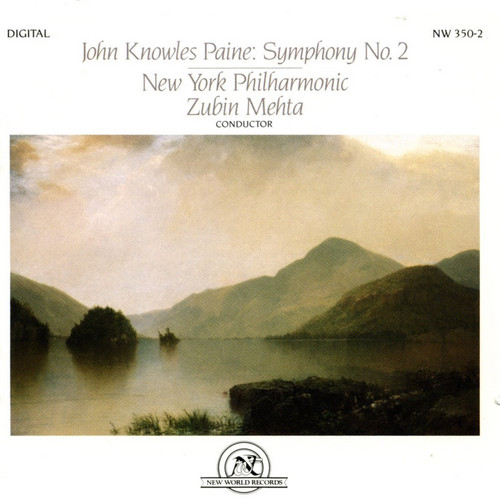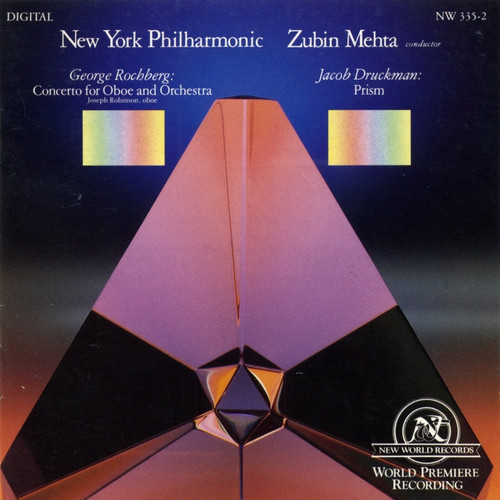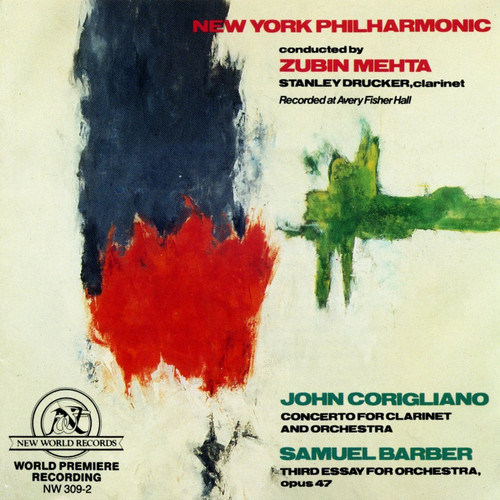Zubin Mehta
Symphony No. 1 / Overture To "As You Like It"
John Knowles Paine's Symphony No. 1 is a milestone in the development of American music. It was not the first symphony written by an American (George Frederick Bristow, for many years a violinist in the New York Philharmonic, had already written several), but Paine's two essays in the medium are the first that could be received by the musical community here and abroad as works of a composer fully trained to the highest international (i.e., German) standards. Their premieres—The First Symphony in…
Symphony No. 2
The premieres of John Knowles Paine's two symphonies-the First in 1876, the Second in 1880-may be said to mark the effective beginning of the American symphonic tradition. American composer George W. Chadwick, who had been a young man in Boston in the 1870s, recalled that the Paine symphonies were "a stimulus and an inspiration to more than one ambitious musician of that time." Paine (1839-1906) studied with a German immigrant musician in Portland, Maine, then went to Berlin for several years. U…
Concerto For Oboe And Orchestra / Prism
George Rochberg seems an unlikely revolutionary, yet it was he, more than anyone else, who dealt the crushing blow to serialist orthodoxy. A student of Gian Carlo Menotti at the Curtis Institute in Philadelphia, Rochberg began as a modern mainstream composer. He later became involved with serialism, but with Contra mortem et tempus (1965), written after the death of his son, Rochberg hesitatingly but irrevocably re-embraced not only tonality but the whole universe of emotional states commonly as…
Concerto For Clarinet And Orchestra / Third Essay For Orchestra, Opus 47
The Third Essay was Samuel Barber's last completed work and its drama and lyricism are entirely characteristic of the neo-Romantic style he composed in for his entire life, a style which won him a large and faithful audience. In his avowed concern for writing music that communicates with the listening public, John Corigliano could be seen as an inheritor of Barber's mantle. The Concerto for Clarinet and Orchestra is a large-scale work that demonstrates his eclectic style at its finest. Corigli…



